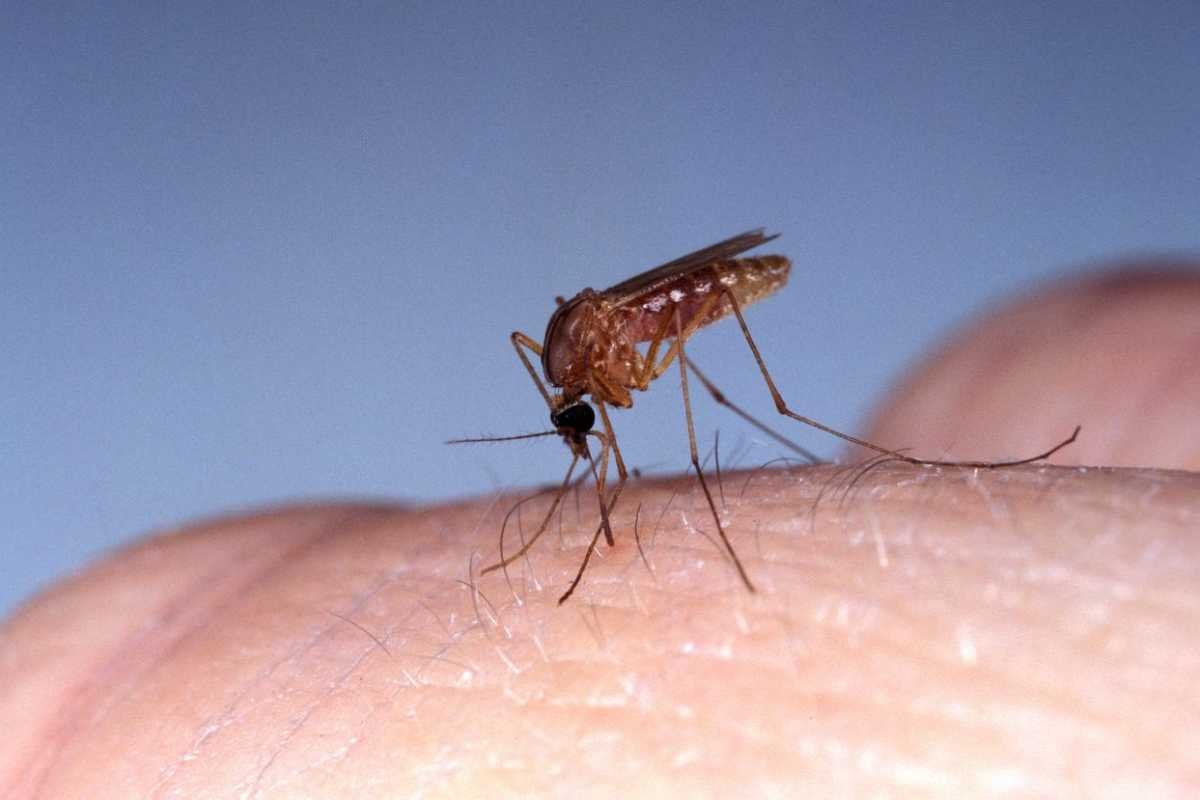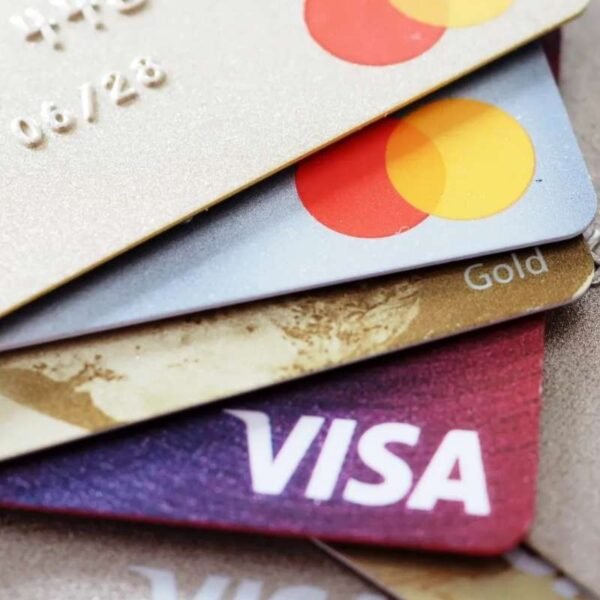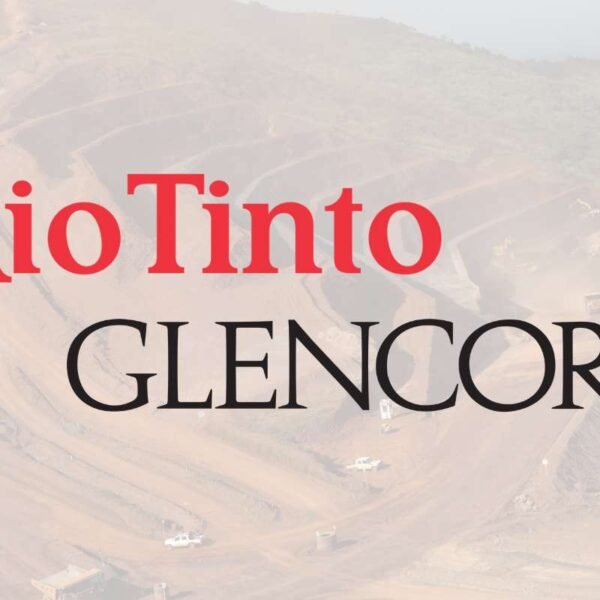[Source – hindustantimes.com]
The Oropouche virus (OROV) is an arbovirus primarily transmitted to humans through the bite of infected midges, mosquitoes, or via direct human contact. Belonging to the Bunyaviridae family, the virus is predominantly present in tropical and subtropical regions, especially in South and Central America. It causes an illness known as Oropouche fever, which affects thousands of people every year.
This blog explores the symptoms, transmission mechanisms, risk factors, and current strategies for managing the virus.
What is the Oropouche Virus?
Discovered in 1955, the Oropouche virus is a zoonotic virus that circulates in animal hosts but can be transmitted to humans. It was first identified in Trinidad and Tobago after an outbreak in a local community. Since then, it has spread to various parts of South America, including Brazil, Peru, and Venezuela.
The virus mainly causes Oropouche fever, which resembles other viral diseases such as dengue or Zika. While not typically fatal, the illness can lead to severe symptoms and discomfort in affected individuals, making it a public health concern.
How is the Oropouche Virus Transmitted?

The Oropouche virus is primarily transmitted to humans through the bite of infected insects. Culicoides paraensis, a type of midge (small biting fly), is the primary vector responsible for spreading the virus. In some regions, mosquitoes from the Culex and Aedes species have also been identified as potential carriers.
Here are the main transmission routes:
- Midge bites: The most common mode of transmission is through the bite of infected midges. These insects feed on the blood of animals and humans, allowing the virus to pass from animals to humans.
- Mosquito bites: Though less common, mosquitoes are also capable of transmitting the virus, particularly in areas with a high population of vectors.
- Direct contact: In rare cases, the virus can spread through direct contact with the bodily fluids of an infected person, though this is an uncommon transmission route.
Symptoms of Oropouche Fever
Once an individual is infected with the Oropouche, symptoms typically appear after an incubation period of four to eight days. The illness, Oropouche fever, is characterized by a range of flu-like symptoms, making it difficult to differentiate from other arboviral infections like dengue or Zika.
The common symptoms of Oropouche fever include:
- High fever: A sudden onset of fever, often exceeding 38°C (100°F), is a hallmark symptom of Oropouche fever.
- Headaches: Severe headaches often accompany the fever, causing significant discomfort.
- Muscle and joint pain: Myalgia (muscle pain) and arthralgia (joint pain) are common, contributing to the overall fatigue experienced by the patient.
- Rashes: A skin rash, which is typically red and blotchy, may appear on the face, torso, or limbs.
- Nausea and vomiting: Gastrointestinal symptoms such as nausea, vomiting, and abdominal pain may also occur.
- Photophobia: Sensitivity to light (photophobia) and eye pain can be experienced by some patients.
The illness usually lasts for about five to seven days, and most patients recover without complications. However, in rare cases, the virus can cause more severe neurological symptoms, including meningitis and encephalitis. It’s important to seek medical attention if symptoms worsen or do not improve within a week.
Who is at Risk for Oropouche Infections?
Certain factors increase the risk of contracting the Oropouche, especially for people living in or traveling to endemic areas. Understanding the risk factors can help individuals take preventive measures to reduce their chances of infection.
- Geographical location: People living in tropical and subtropical regions, particularly in areas with high midge and mosquito populations, are at a higher risk of contracting the virus. Urban areas in countries such as Brazil, Trinidad, and Venezuela have reported the most cases of Oropouche fever.
- Occupation: Outdoor workers, especially those involved in agriculture, construction, and forestry, are at greater risk of exposure due to the nature of their work in environments where midges and mosquitoes thrive.
- Travelers: Individuals traveling to endemic regions may be at risk, particularly if they visit areas during the rainy season, when vector populations surge.
Diagnosis of Oropouche Virus
Since Oropouche fever presents symptoms similar to other viral infections, diagnosis can be challenging without laboratory testing. Physicians typically perform a combination of clinical evaluation and diagnostic tests to confirm the presence of the virus.

- Polymerase Chain Reaction (PCR) Test: PCR tests are used to detect the viral RNA in a patient’s blood sample. This is one of the most reliable methods for diagnosing the virus during the acute phase of the illness.
- Serological Tests: Tests such as enzyme-linked immunosorbent assays (ELISA) can detect antibodies against Oropouche in the blood. However, these tests are more useful for confirming past infections rather than current ones.
Since Oropouche fever shares symptoms with other arboviral diseases like dengue, chikungunya, and Zika, it’s essential for medical professionals to rule out these conditions through differential diagnosis.
Prevention of Oropouche Virus
Preventing Oropouche virus infections requires reducing exposure to the vectors that transmit the virus. Currently, there is no vaccine available for the virus, making preventive measures the most effective strategy for individuals living in or traveling to endemic areas.
Here are some practical steps to prevent infection:
1. Avoiding Midge and Mosquito Bites

- Use insect repellent: Applying repellents containing DEET or picaridin to exposed skin can significantly reduce the risk of insect bites.
- Wear protective clothing: Long-sleeved shirts, long pants, and hats can help prevent bites, especially during peak midge activity periods at dawn and dusk.
- Install window screens: Using mosquito nets and installing insect screens on windows and doors can keep insects out of living spaces.
2. Environmental Management
- Eliminate standing water: Since midges and mosquitoes breed in stagnant water, it’s essential to remove potential breeding sites, such as old tires, containers, and clogged gutters, around homes and communities.
- Regular fumigation: In areas prone to outbreaks, fumigation efforts can help reduce the populations of midges and mosquitoes, minimizing the transmission of the virus.
3. Community Awareness and Health Campaigns
Public health campaigns aimed at educating people about the Oropouche virus and how to protect themselves from insect bites are critical to controlling the spread of the virus. Involving local communities in vector control efforts can also reduce the risk of outbreaks.
Treatment for Oropouche Virus
There is no specific antiviral treatment for the Oropouche virus. Instead, management of the illness focuses on supportive care to alleviate symptoms. This includes:
- Rest and hydration: Drinking plenty of fluids and resting is essential for recovery, as it helps the body fight the virus.
- Fever and pain relief: Over-the-counter medications like acetaminophen or ibuprofen can help reduce fever and alleviate muscle and joint pain.
- Avoiding aspirin: It’s important to avoid aspirin or non-steroidal anti-inflammatory drugs (NSAIDs), as they can increase the risk of bleeding complications, particularly if other arboviral infections like dengue are suspected.
In most cases, patients recover from Oropouche fever without complications. However, those experiencing severe symptoms should seek medical attention to avoid potential complications like meningitis or encephalitis.
Conclusion
The Oropouche virus, while primarily causing mild to moderate illness, its potential for outbreaks and the similarity of its symptoms are comparable to other serious viral infections.
Though there is no specific treatment or vaccine for the Oropouche virus, individuals can protect themselves by avoiding insect bites and participating in community-wide efforts to reduce vector populations. The need of the hour is the ongoing research to better understand the virus, its transmission patterns, and how to prevent future outbreaks.










